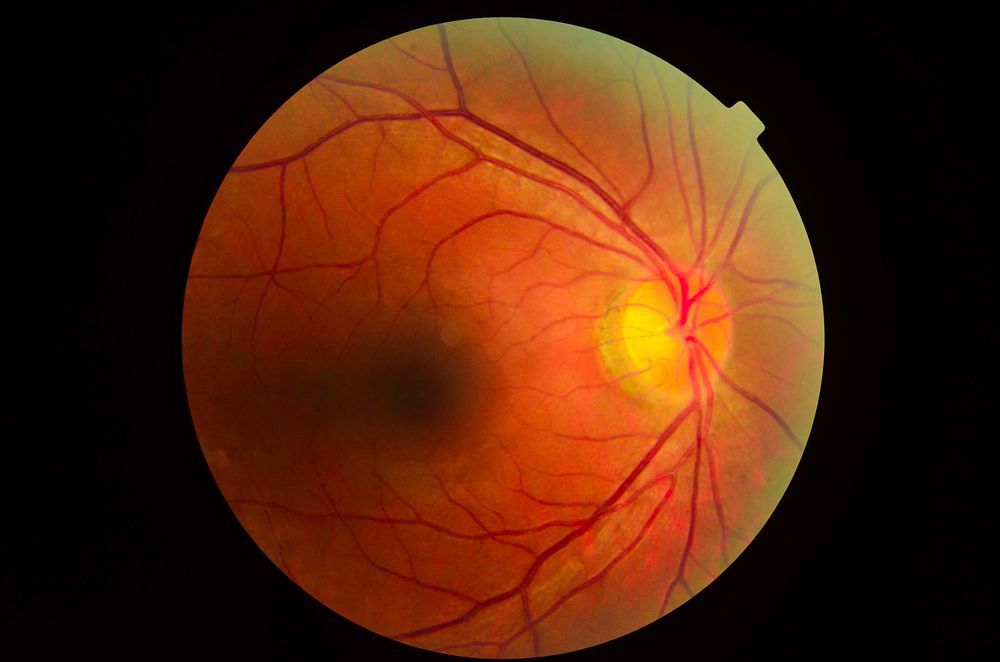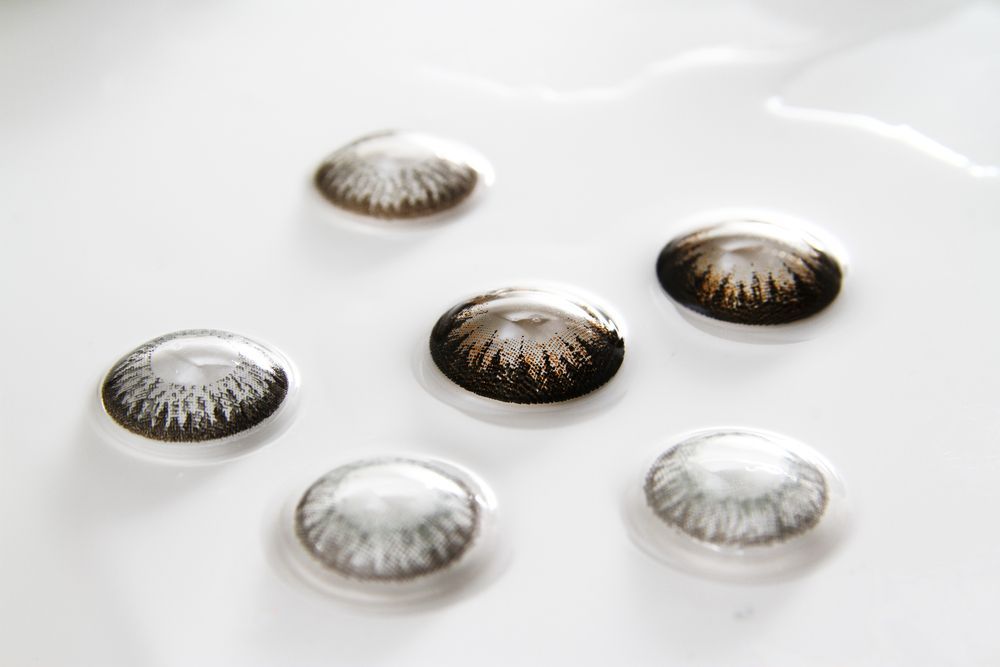Understanding Dry Eye Disease
Dry eye disease is a common condition that occurs when the eyes don't produce enough tears, or the tears evaporate too quickly. This can cause discomfort, blurry vision, and other symptoms.
There are many factors that can contribute to dry eye disease, including age, certain medical conditions, and environmental factors like low humidity or exposure to wind and dust. Certain medications can also cause or exacerbate dry eye symptoms.
Symptoms of dry eye disease can include a gritty or scratchy feeling in the eyes, redness, tearing, and sensitivity to light. Some patients may also experience blurred vision, especially when reading or using a computer for extended periods of time.
Diagnosis of dry eye disease typically involves a comprehensive eye exam, which may include tests to measure tear production and evaluate the quality of tears. Treatment options can include artificial tears, prescription eye drops, Intense Pulsed Light (IPL) therapy and in some cases, minor surgical procedures to block tear ducts.
In addition to treatment options, there are also preventative measures that patients can take to reduce the risk of developing dry eye disease. These include avoiding exposure to smoke and dry air, taking frequent breaks when reading or using a computer, and using a humidifier in dry indoor environments.
If you think you may be experiencing symptoms of dry eye disease, contact us to schedule a comprehensive eye exam. Early diagnosis and treatment can help prevent the condition from worsening and improve your overall eye health.











